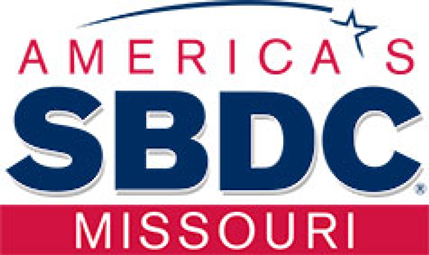As we think of a company, what do we remember about it? The logo, the slogan, the price or the experience we have with the store or product? For most shoppers, it is the experience they have that they remember the most and for the longest, particularly if it was helpful in solving a need or involved a pleasant impulse purchase.
In order for stores to attract customers, they must provide solutions to the potential customer’s needs and desires. This self-created image allows the business to stand out and be noticed by its most desired customers as well as attracts customers who have just entered the marketplace for the store’s product mix.
The image or brand is often described as the promise made to customers about what and how they will experience shopping when they visit the store. This image helps create an identity that shoppers can relate to which must run throughout the operation to be successful at every customer touchpoint. For example, Disney has a strong family entertainment philosophy and its branding portrays families, fun, clean environments and strong customer service. This idea extends to the employees as well, where they are called “cast members” instead of employees.
The benefits created from a strong brand are helpful in growing a business. According to the Kauffman Foundation, businesses with strong brands often:
- Enjoy a higher perceived value of their products or services
- Maintain higher margins over their competitors
- Create loyal customers who don’t switch easily
- Cross-sell other products and services more easily
- Develop new products more quickly
Questions a business owner should ask regarding how to communicate the brand to customers and prospects include:
- What can my customers expect from doing business with me?
- Why will customers choose my business over my competitors?
- What are the core values of my business?
- How do I want my customers to describe my business to others?
Once the answers to those questions are developed, the business owner can consider how to tell the business's story. That story needs to contain the mission statement and core values of the business in a way that clearly tells why the business exists and relates to the customers. The message needs to be included in all touchpoints with customers, employees and suppliers so that all users see a consistent message.
None of this happens overnight, but rather over the time a business owner spends thinking and rethinking. Often spending time with a person skilled in this area helps business owners really get their messages down pat and ready for daily use.
Your area Missouri SBDC can help answer questions, offers training and one-on-one appointments; reach out to a location near you.
The Missouri SBDC is funded in part through a Cooperative Agreement with the U.S. Small Business Administration. All opinions, conclusions, and/or recommendations expressed herein are those of the author(s) and do not necessarily reflect the views of the SBA.
